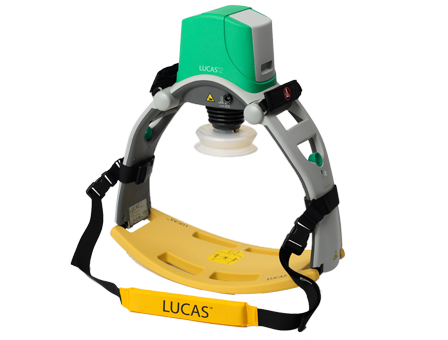The data on maternal outcome after trauma is mixed and somewhat confusing. Mortality after major trauma actually appears to be less. However, injury severity score (ISS) still correlates fairly well with overall mortality. But interestingly, other outcomes (complications) appear to be worse, even for relatively minor injuries. The reason behind this is not clear. Could it be a result of all of the physiologic changes noted above, hormonal factors, or something we don’t fully understand?
Fetal outcome is a function of the mechanism of injury (blunt vs penetrating), and extreme injury severity in the mother. Penetrating injury is uniformly devastating to the fetus, with 70% mortality for gunshots and 40% for stabs. Fetal death from blunt injury is primarily a function of placental abruption. About two thirds of blunt fetal deaths are due to abruption, with 50% of them due to car crashes. Maternal ISS does not correlate with fetal death, except in cases of very high scores. These women most likely experience anatomic and physiologic injuries that lead to fetal demise.
Tomorrow: Tips & Tricks
Reference: Trauma during pregnancy. OB Clinics of North America 40:47-57, 2013.


